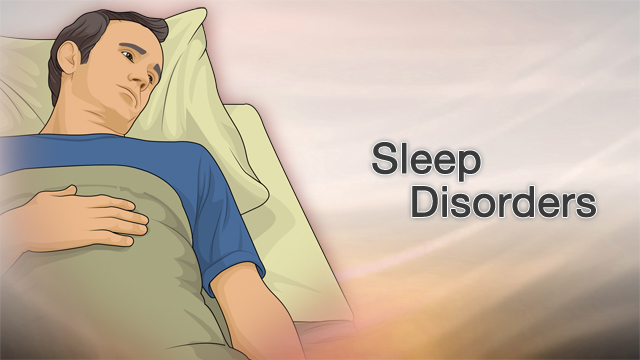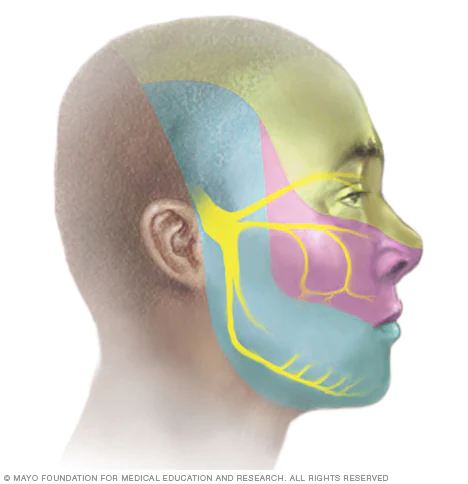Back pain includes lower back pain, middle back pain, upper back pain or low back pain with sciatica. Nerve and muscular problems, degenerative disc disease, and arthritis can result in back pain. Back pain symptoms may be relived with pain medication or pain killers.
Bell’s Palsy is a condition in which one’s 7th cranial nerve (aka facial nerve) suffers damage or trauma, resulting in muscle weakness or paralysis. The facial nerve is connected to the muscles on one side of the face that control facial expressions, as well as blinking and closing your eye. Additionally, this nerve is responsible for sending signals to the tear duct, saliva glands, and the ear. In most cases, only one side of the face is affected and will only last for a temporary period of time. Researchers believe the main cause of Bell’s Palsy is a viral infection such as meningitis, the herpes virus, Epstein-Barr and more. However, other cases have been linked to flu-like illnesses, chronic ear infections, diabetes, Lyme disease and severe trauma to the skull or face. People with diabetes or upper respiratory conditions are at a higher risk at developing the disease. Aside from these preexisting conditions, neither age (typically 15-60) or gender plays a factor.
pacificneuroscienceinstitute

Carpal tunnel syndrome is caused by pressure on the median nerve. The carpal tunnel is a narrow passageway surrounded by bones and ligaments on the palm side of your hand. When the median nerve is compressed, the symptoms can include numbness, tingling and weakness in the hand and arm.
Orthoinfo, Myoclinic
Cerebral palsy (CP) is a group of disorders that affect a person's ability to move and maintain balance and posture. CP is the most common motor disability in childhood. Cerebral means having to do with the brain. Palsy means weakness or problems with using the muscles.
cdc.gov
Charcot (shahr-KOH)-Marie-Tooth disease is a group of inherited disorders that cause nerve damage. This damage is mostly in the arms and legs (peripheral nerves). Charcot-Marie-Tooth disease is also called hereditary motor and sensory neuropathy. Charcot-Marie-Tooth disease results in smaller, weaker muscles.
https://www.gillettechildrens.org/
Chronic pain is pain that is ongoing and usually lasts longer than six months. This type of pain can continue even after the injury or illness that caused it has healed or gone away. Pain signals remain active in the nervous system for weeks, months or years.
my.clevelandclinic.org
Dementia is a term used to describe a group of symptoms affecting memory, thinking and social abilities severely enough to interfere with your daily life. It isn't a specific disease, but several diseases can cause dementia. Though dementia generally involves memory loss, memory loss has different causes.
myoclinic.org
Encephalitis is inflammation of the active tissues of the brain caused by an infection or an autoimmune response. The inflammation causes the brain to swell, which can lead to headache, stiff neck, sensitivity to light, mental confusion and seizures.
hopkinsmedicine.org
Fibromyalgia (fi·bro·my·al·gi·a) is a condition that causes pain all over the body (also referred to as widespread pain), sleep problems, fatigue, and often emotional and mental distress. People with fibromyalgia may be more sensitive to pain than people without fibromyalgia.
cdc.gov



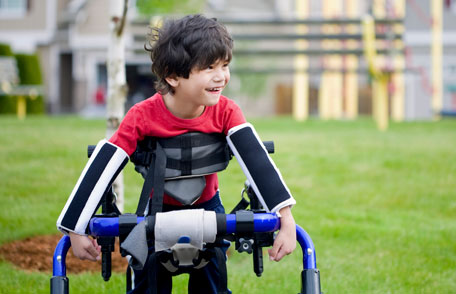

.jpg)
.jpg)
.jpg)
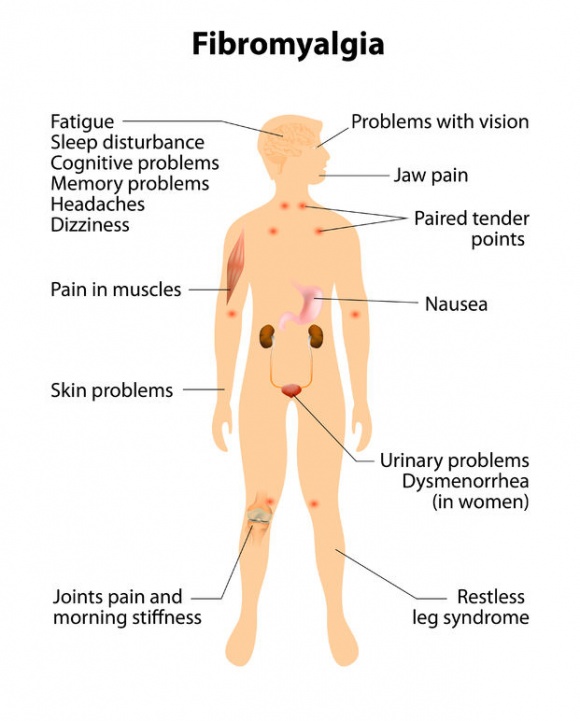

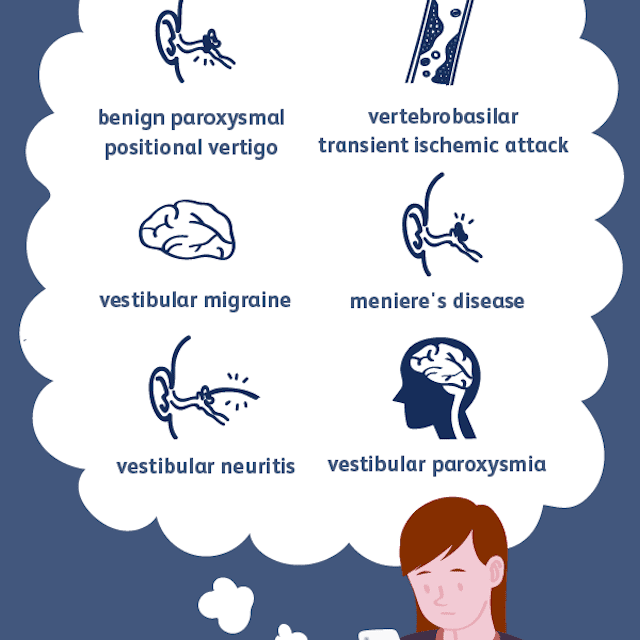
.jpg)
